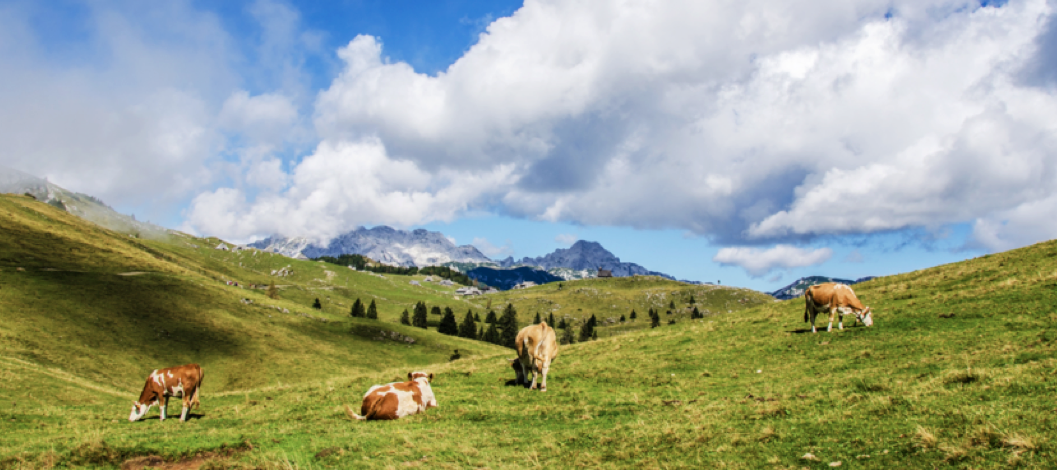
 |
Detlef Schoen Principal DS Green Assets Pte Ltd |
Every investor when faced with the need of the wish to invest in agriculture is facing the same hurdles:
- Where does one find both value-for-money and political stability?
- How can one avoid misalignment of interests?
- Where does one find Investment Managers with focus, experience and track record – and the reliable “boots-on-the-ground” practitioners without whom long-term success is impossible?
- How can one overcome the disadvantages of Corporate Farming versus the Family Farm model?
- How does one convince successful family farmers to work with institutional investors?
- How can one reduce the volatility of actively managed owner-operator models? Where are the de-risked passive and co-investment models that achieve competitive cash returns?
At least some of the answers are:
Australia, parts of the US, within limitations New Zealand, and parts of the EU offer value-for-money risk-adjusted returns.
Alignment of interest can be achieved by avoiding any attempt at “ticket clipping” – instead work with entrepreneurial models of clearly defined expense recovery plus carry.
Agriculture is a system with more variables than equations, resulting in systemic uncertainties – experience therefore cannot be overrated. When selecting investment managers and farm asset managers, experience (not in the financial markets but in farming and agribusiness!) is a key due diligence criteria, plus the positive track record that some – albeit very few – managers actually have.
There is a widening farm equity gap in all developed economies – mostly due to farm values that have sharply increased over one generation and a lack of succession planning. This equity gap gives financial investors access to best-of-class operators. Even so, however, always look at the farmers before looking at farms; and bear in mind that only managers with a farming background that speak the farmer’s language will be able to explain business models that attract best-of-class farmers to work with/lease from/borrow from financial investors.
Simple passive strategies do not deliver adequate risk-adjusted returns; however, by exploiting market inefficiencies and/or overcapacity downstream of farming, it is possible to generate volume aggregation premiums that turn stable but “boring” lease or interest rates into attractive risk-adjusted returns – this is what I call the “PassivePLUS” model.
In this PassivePLUS model, investor landlords/lenders invest in multiple assets and pool the marketing of products in order to achieve price premiums which – without penalizing the farmer tenant or borrower who receives the same price as previously – go directly to the aggregator = investor, thus turning generic passive strategies into LeasePLUS (buy-and-lease) respectively LoanPLUS (lend-and-participate) models and adding up to 3% ROE to the underlying lease or interest return.
An example of such a “PassivePLUS” strategy is the “Farmpath” dairy fund currently being deployed by Aquila Capital Farms Australia together with local partner DFMC/Cowbank.
Detlef Schoen is a member of the speaking faculty at GAI Middle East in Dubai, February 29 – March 2, 2016
The opinions expressed in this editorial are the authors’ own and do not reflect the views of GAI News.




